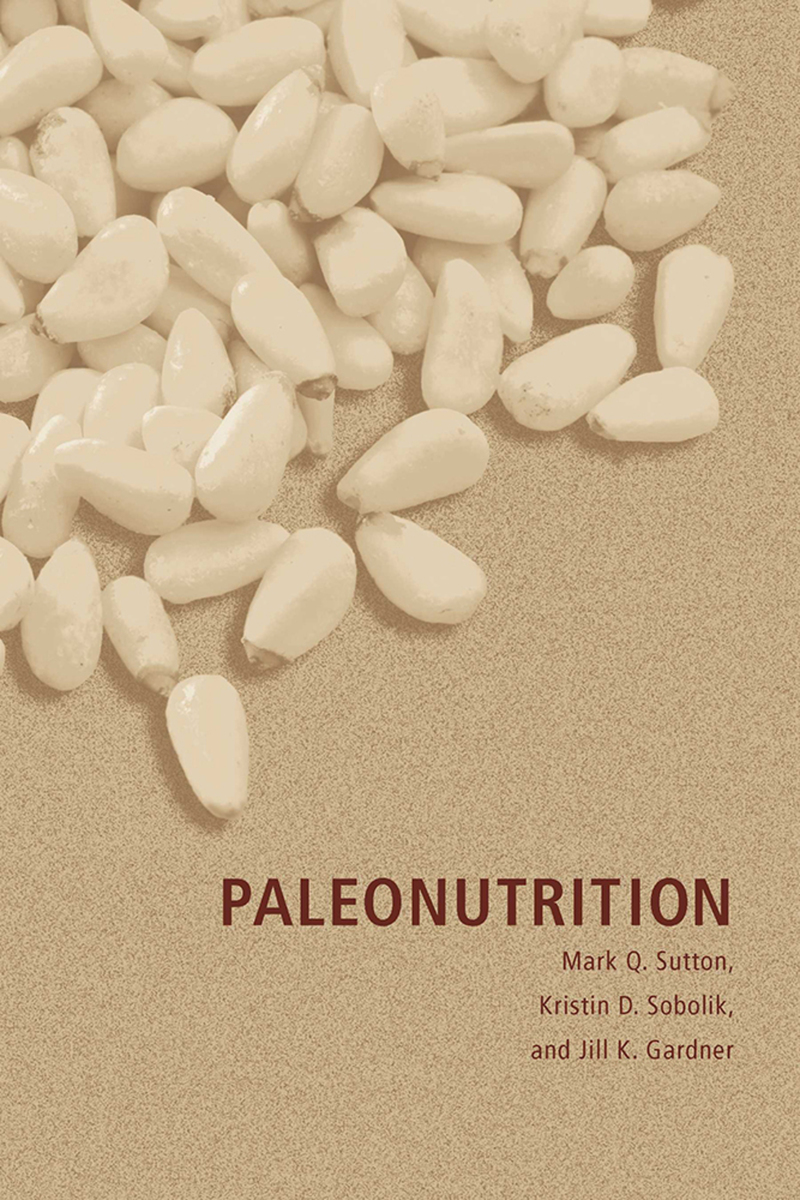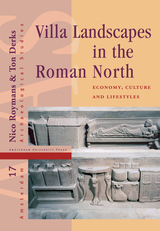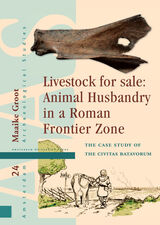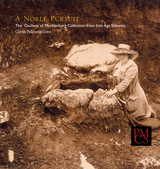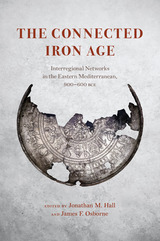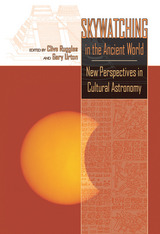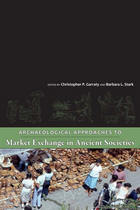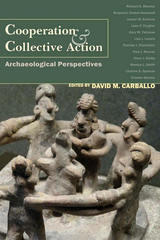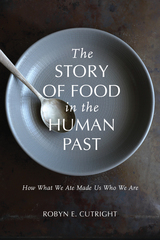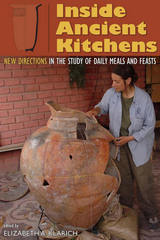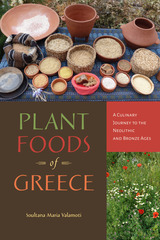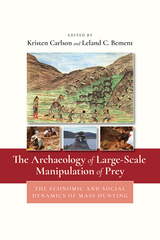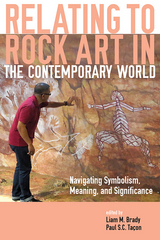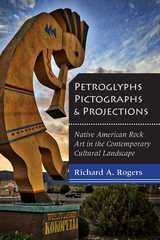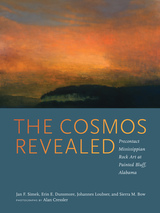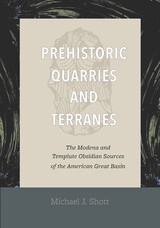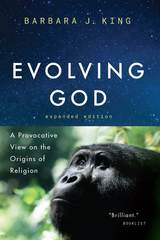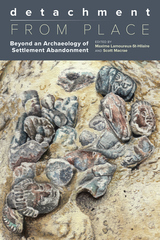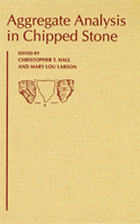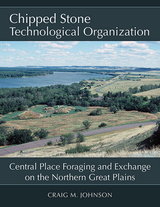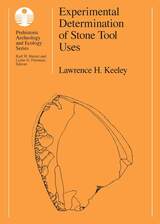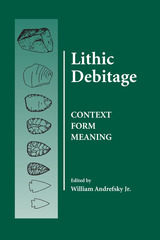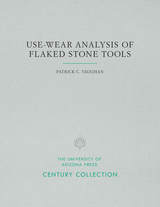Paleonutrition
University of Arizona Press, 2010
Cloth: 978-0-8165-2794-6 | eISBN: 978-0-8165-0821-1
Library of Congress Classification GN799.F6S88 2010
Dewey Decimal Classification 306.4613
Cloth: 978-0-8165-2794-6 | eISBN: 978-0-8165-0821-1
Library of Congress Classification GN799.F6S88 2010
Dewey Decimal Classification 306.4613
ABOUT THIS BOOK | AUTHOR BIOGRAPHY | REVIEWS | TOC
ABOUT THIS BOOK
Paleonutrition is the analysis of prehistoric human diets and the interpretation of dietary intake in relation to health and nutrition. As a field of study, it addresses prehistoric diets in order to determine the biological and cultural implications for individuals as well as for entire populations, placing archaeological interpretations into an anthropological context. Throughout history, and long before written records, human culture has been constantly in flux. The study of paleonutrition provides valuable insights into shifts and changes in human history, whatever their causes.
This is the most comprehensive and up-to-date book on the topic. Intended for students and professionals, it describes the nature of paleonutrition studies, reviews the history of paleonutrition research, discusses methodological issues in the reconstruction of prehistoric diets, presents theoretical frameworks frequently used in paleonutrition research, and showcases examples in which paleonutritional analyses have been successfully conducted on prehistoric individuals, groups, and populations. It offers an integrative approach to understanding state-of-the-art anthropological dietary, health, and nutritional assessments. The most recent and innovative methods used to reconstruct prehistoric diets are discussed, along with the major ways in which paleonutrition data are recovered, analyzed, and interpreted.
Paleonutrition includes five contemporary case studies that provide useful models of how to conduct paleonutrition research. Topics range from ancient diets in medieval Nubia to children’s health in the prehistoric American Southwest to honey use by an ethnographic group of East African foragers. As well as providing interesting examples of applying paleonutrition techniques, these case studies illustrate the mutually beneficial linkages between ethnography and archaeology.
This is the most comprehensive and up-to-date book on the topic. Intended for students and professionals, it describes the nature of paleonutrition studies, reviews the history of paleonutrition research, discusses methodological issues in the reconstruction of prehistoric diets, presents theoretical frameworks frequently used in paleonutrition research, and showcases examples in which paleonutritional analyses have been successfully conducted on prehistoric individuals, groups, and populations. It offers an integrative approach to understanding state-of-the-art anthropological dietary, health, and nutritional assessments. The most recent and innovative methods used to reconstruct prehistoric diets are discussed, along with the major ways in which paleonutrition data are recovered, analyzed, and interpreted.
Paleonutrition includes five contemporary case studies that provide useful models of how to conduct paleonutrition research. Topics range from ancient diets in medieval Nubia to children’s health in the prehistoric American Southwest to honey use by an ethnographic group of East African foragers. As well as providing interesting examples of applying paleonutrition techniques, these case studies illustrate the mutually beneficial linkages between ethnography and archaeology.
See other books on: Archaeology | Food | Human remains (Archaeology) | Nutritional anthropology | Prehistoric peoples
See other titles from University of Arizona Press
